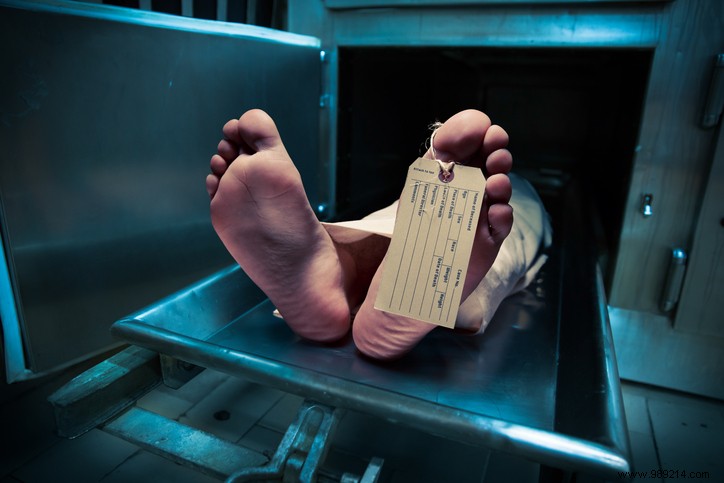In France, around twenty corpses are used each year for crash tests. This practice is legal in our country as well as in the United States, where it originates. If research in accidentology is very important, the only European organization working in this field could soon disappear.
Each year in France, approximately 2,500 bodies are donated to science. The majority of these corpses are used for the training of doctors or for research projects. But about 1% of bodies are used in a very specific field:research in accidentology (biomechanics).
Twenty years ago, the European Center for Security Studies and Risk Analysis (CEESAR) passed a unique convention in Europe with the Center for Donating the Body to Science at the University of Paris-Descartes. However, this donation center closed in November 2019 due to undignified conditions for the preservation and use of bodies. The International Journal of Medicine commented on the report of the General Inspectorate of Social Affairs (IGAS) on June 17, 2020.

Each year, the Paris-Descartes center provided about twenty bodies (out of 200) at CEESAR. The latter has 26 employees, including 9 experts in biomechanics who are now on technical unemployment. Among its customers, the center included in particular the car manufacturers Renault/PSA and Toyota, as well as the General Directorate of Armaments (DGA). The mission of CEESAR? Provide its clients with modeling studies . These studies were used to develop more faithful dummies in order to carry out the crash tests.
These crash tests are essential in the construction of vehicles. Before stopping their activities, the experts worked in particular on the resistance of the ligaments in the event of an impact on the knees. Previously, the center had modeled airbag impacts or the resistance of the seat belts.
Philippe Chrétien, director of CEESAR, deplores the possibility that the center will disappear. If this turns out to be the case, then you will have to turn to the United States for any research in biomechanics. Indeed, the practice is common in many university laboratories. In addition, the laws governing the donation of bodies to science are much more flexible there.
If biomechanics is very present in the United States, it is no coincidence. Indeed, the first serious tests were carried out in this country by Wayne State University in Detroit. The objective was then to collect data on the behaviour of human bodies during collisions in trauma studies. It must be said that at the end of the 1930s, there was still no such data and no device to work on the issue.